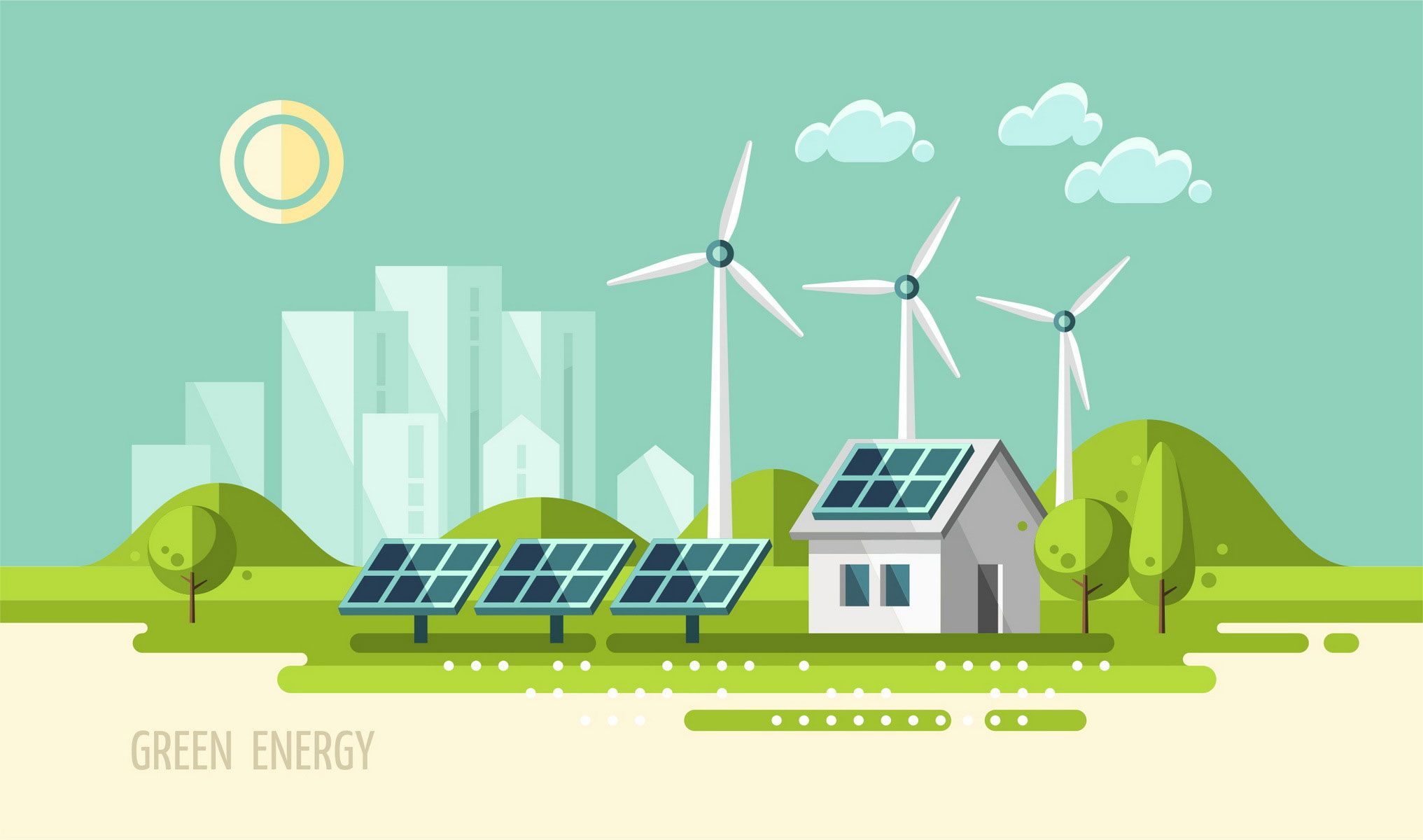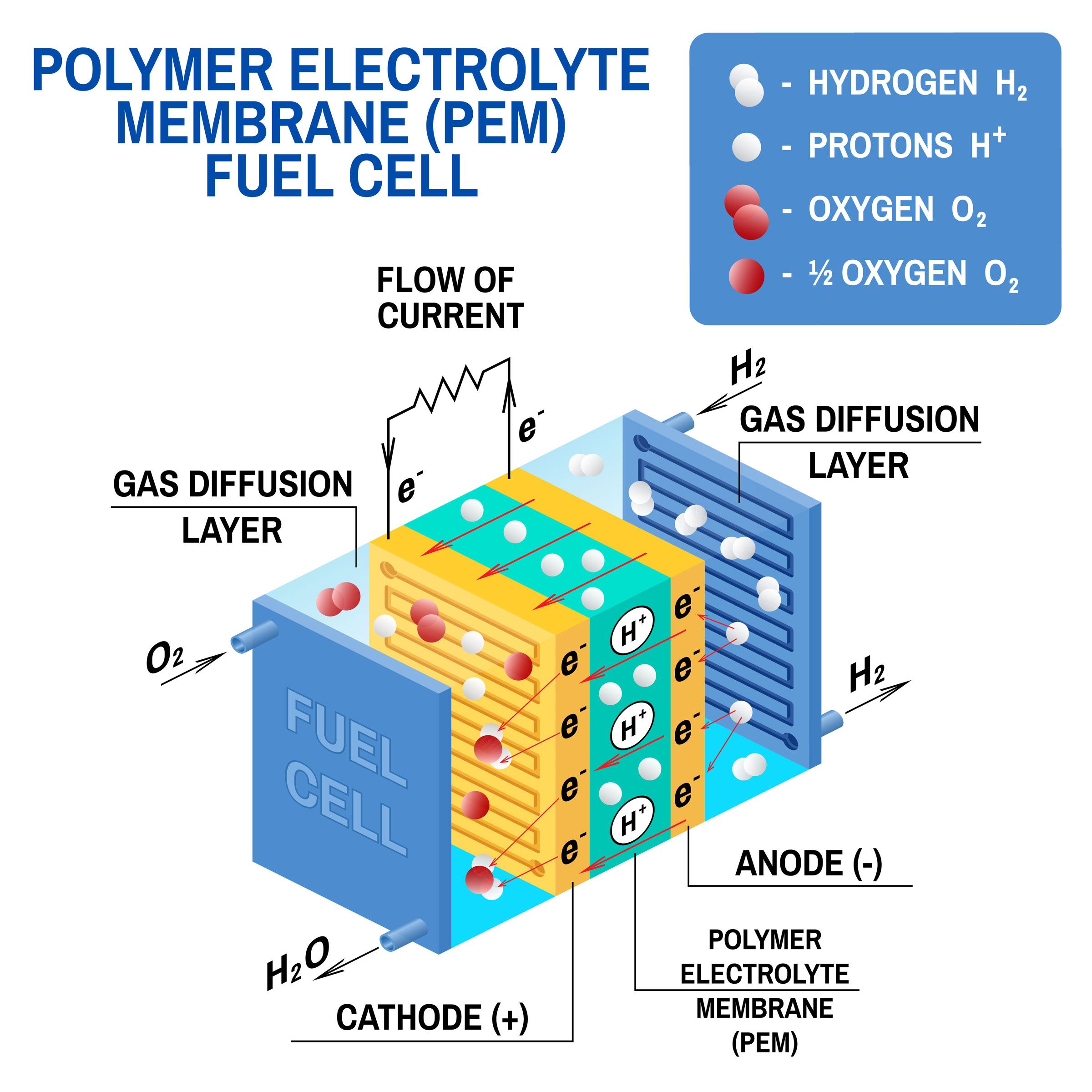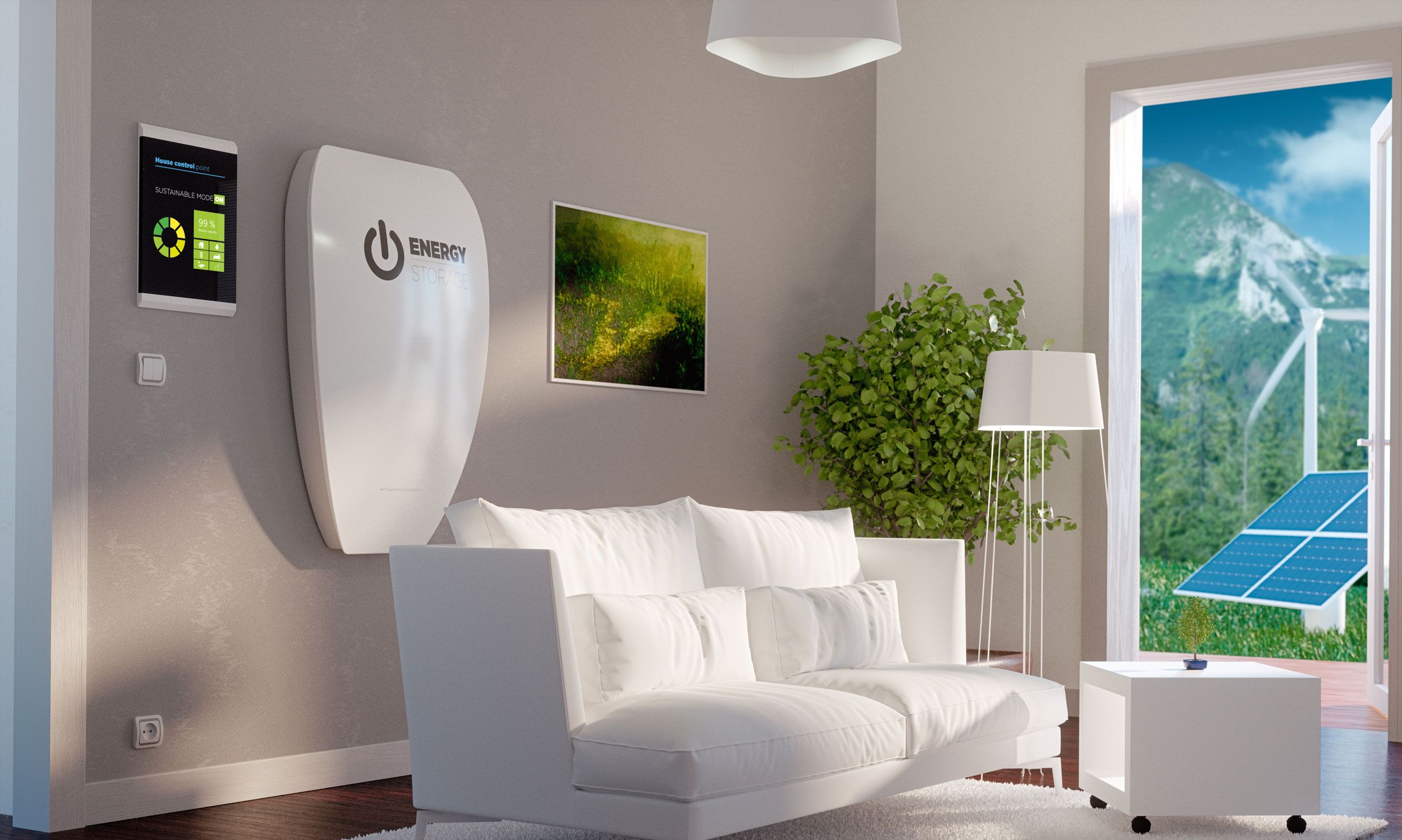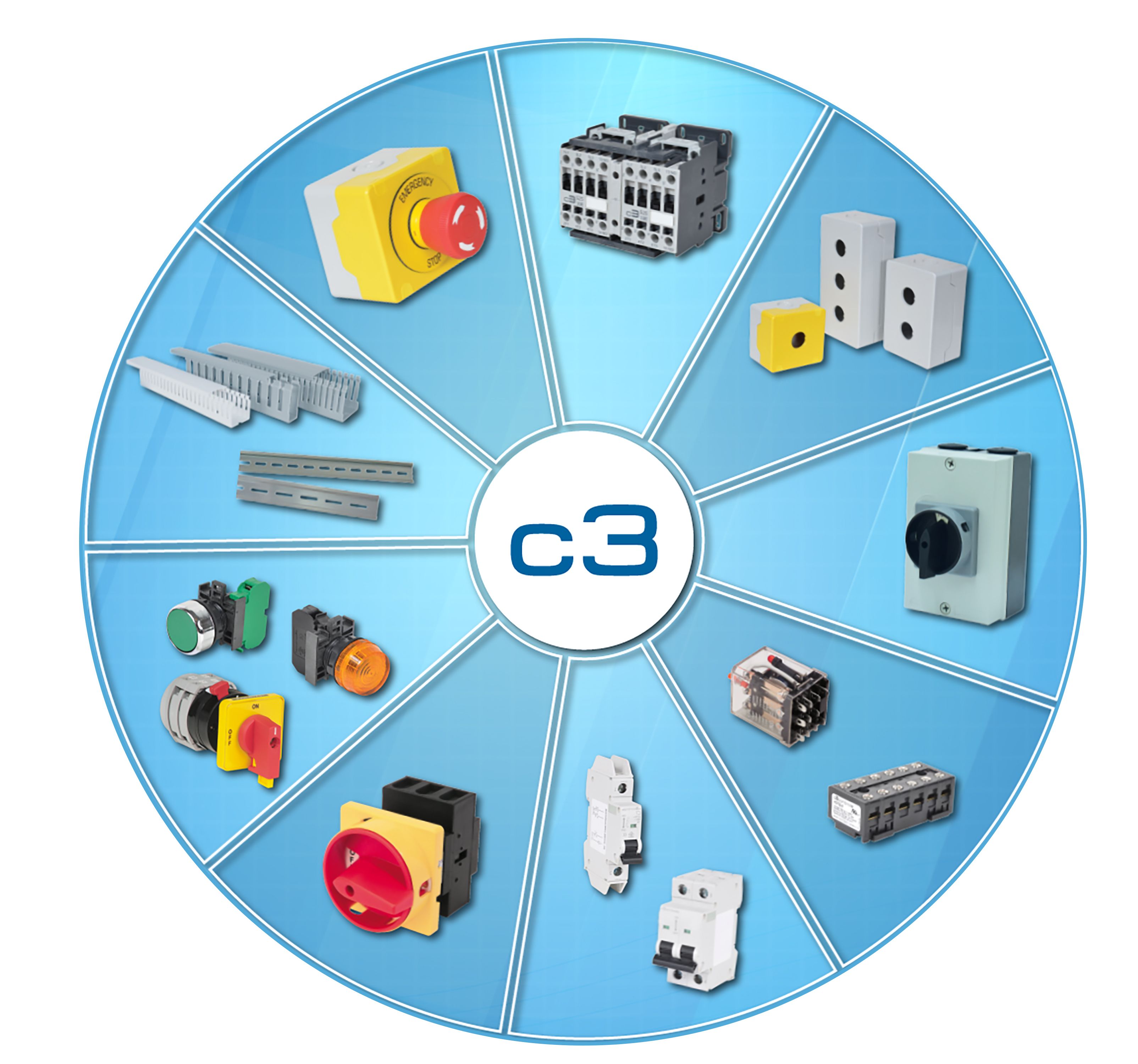Introduction

In 2021, the entire world consumed around 604 quadrillion British Thermal Units (Btu). Americans consumed about 16% of the world’s total primary energy consumption, which was around 98 quadrillion Btu.
As we begin seeing the results of our dependence on fossil fuels affecting our environment, there is a growing demand for greener energy options.
Renewable energy technologies like solar and wind, however, have variable outputs. Which is why experts and consumers are looking into home energy storage systems. There are several types of batteries that can help us rely less on fossil fuels while receiving a steady flow of energy.
Since home energy storage is growing in popularity, we’ve created a guide to help you out. Keep reading to learn about the process of residential energy storage systems and battery basics.
Battery Basics: Why Residential Energy Storage is Important
While renewable energy technologies are available, there are some geographical locations that don’t receive a lot of wind or sunlight.
Residential homes, especially those further away from the energy grid, are often more vulnerable to disruptions than homes located in metropolitan areas.
Stored Energy Equals Steadier Supplies
Being able to store energy helps ensure every home receives a steady supply of energy no matter where they’re located. Also, while fossil fuels take a longer time to ramp up, energy storage is known for its rapid response. This ensures greater stability of the grid during times of increased demand.
Types of Batteries
Besides having steady supplies of energy, creating stored energy supplies also helps reduce costs. Storage owners and operators stand to receive additional revenue.
There is currently a wide array of technological approaches to help manage our supplies and create a resilient energy infrastructure. To help explain these varied approaches, they’re divided into these main categories:
Compressed Air Energy Storage
This type of storage is accomplished by creating energy reserves by using compressed air. It uses the elastic potential energy of compressed air which improves the efficiencies of conventional gas turbines.
By compressing air using electricity during off -peak hours, the air can then be stored in underground caverns. When demand peaks, the air is drawn from storage, fired with natural gas in a combustion turbine and generates electricity.
Uses Less Natural Gas but Limited by Geography
Only a third of natural gas is used through compressed air energy storage than other conventional methods. However, due to its need to use underground reservoirs, its use is limited by its locations.
Flow and Solid-State Batteries
Solid state batteries offer a wider array of electrochemical storage solutions. This includes capacitors and advanced chemistry batteries. With both types of batteries, the energy is stored directly in the electrolyte solution. This is done to increase its cycle life and provide users with quick response times.
Excellent Storage for Distribution and End-Use
Batteries can be located anywhere. As a result, they make excellent storage for distribution. A battery facility located near consumers provides power stability. For end-use, they’re used in electric vehicles.
As more industries move away from fossil fuels—like cars switching to electric and buildings using heat pumps instead of gas—the need for electricity is going up. This puts extra pressure on the power grid. Battery Energy Storage Systems (BESS) help by storing electricity and releasing it when demand is high. That way, we can handle the extra load without building more power plants. These batteries help keep the grid strong and flexible as more things run on electricity.
Variety of Batteries Available to Store Energy
Many types of batteries offer large-scale energy storage potential such as:
- Metal-air
- Lithium
- Ion
- Sodium-sulfur
- Lead-acid
Some wind farms also have battery installations. They help provide stability in power supplies when the wind isn’t blowing.
New battery technology advancements are helping battery costs decline.
Flywheels
Flywheels are mechanical devices. These devices deliver instantaneous electricity by harnessing rotational energy.
Flywheels store electricity in the form of a spinning mass. This method can provide a variety of benefits to the grid at either the transmission or distribution level such as:
- Long lifetimes
- Require little maintenance
- Highly efficient
- Rapid respond times
How Flywheels Work
Shaped like a cylinder and containing a large rotor inside a vacuum, flywheels draw their power from the grid when the rotor accelerates to extremely high speeds. Electricity is then stored as rotational energy.
Stored energy is discharged when the rotor switches to generation mode, slows down and then runs on inertial energy. Electricity is then returned to the grid.
Flywheels can also be placed almost anywhere, even close to consumers. Flywheel farms can produce megawatts worth of energy while a single flywheel can produce kilowatts worth.
Pumped Hydro-Power
Hydro-power occurs when water is used to create large-scale reservoirs of energy. It’s a way to store energy at the grid’s transmission stage. Its excess generation is then stored for later use.
Many hydroelectric power plants keep two reservoirs located at different elevations. When supply exceeds demand, water is pumped into the upper reservoir to store energy.
An Expensive Way to Generate Electricity
Water is released into the lower reservoir when demand exceeds supply. The water runs downhill through turbines which generates electricity.
Today, pumped-hydro storage is the largest storage system in operation. However, it’s a long permit process and pumped storage is expensive.
Hydrogen
For generation purposes, hydrogen can be used as a zero-carbon fuel.
It’s possible to create hydrogen by using excess electricity. It can then be stored and used later in engines, gas turbines, or fuel cells to generate electricity without harmful emissions being produced.

Research Continues on Harnessing Energy When Wind Isn’t Blowing
Research is still being conducted on how to create hydrogen from wind power and storing it within wind turbine towers to use as electricity generation when the wind isn’t blowing.
Thermal
Thermal captures cold and heat to create on-demand energy. It uses power from the sun, even when the sun isn’t shining.
Heat is captured from the sun. Its energy is then stored in molten salts, water, and other fluids. That stored energy can later be used to generate electricity, even after sunset.
Thermal Energy and End-Use Storage
You can also use thermal storage technologies for end-use energy storage. By freezing water at night utilizing off -peak electricity, when the stored cold energy is released from the ice, it can help with air conditioning during the day.
Various Types of Batteries for Home Energy Storage
As mentioned, there are several different types of batteries that can be used in home energy storage.
Flow Batteries
There are many types of flow batteries such as:
- Vanadium redox
- Zinc bromine
- Iron-chromium
Flow batteries offer low energy density. Their requirement to pump liquid electrolyte also complicates the operation. Round trip efficiencies are low, between 60%-70%. They come with exceptional life cycles and are a good cost for high energy low power configurations. Technology is improving which should lower costs.
In flow batteries, rechargeability comes from two chemical components dissolved in liquids inside the system. Of these, vanadium redox flow batteries are the most common. This type uses vanadium ions in different oxidation states to store and release energy. One advantage is that flow batteries can store large amounts of energy, and their energy capacity (kWh) can be easily increased by using larger electrolyte storage tanks. They are less sensitive to temperature variations and are well-suited for large-scale energy storage applications due to their scalability and long lifespan.
However, flow batteries tend to be more complex and expensive to install and maintain compared to lithium-ion options. Additionally, the rarity and price volatility of vanadium can be a concern for certain systems.
Lead Acid
Here’s where lead-acid batteries fail:
- Poor cycle life
- Poor power
- Poor energy diversity
Poor deep discharge capabilities also limit its versatility. However, lead-acid does provide an excellent cost per kWh.
Lead-acid batteries have been around for a long time and are still widely used. They're great for things like starting a car or serving as backup power because they don’t need to be used often. They’re easy to find, affordable, and dependable. These batteries can deliver a lot of power quickly, but they don’t last very long or hold much energy—especially if you use them a lot. They also need regular maintenance to work well. And when they wear out, it’s important to recycle them properly to avoid harming the environment.
Lithium Ion
There are several types of lithium-ion batteries such as:
- Nickel manganese cobalt (NMC)
- Nickelate (LNO)
- Nickel cobalt aluminum (NCA)
- Iron phosphate (LFP)
- Manganese spinel (LMO)
- Titanate (anode) (LTO)
Manganese spinel and nickel manganese cobalt are the most common. However, iron phosphate and titanate are becoming more commonly used in grid applications as well.
Benefits of Lithium Ion
Lithium-ion batteries offer the following benefits:
- High power
- Efficiency up to 90%
- Versatility anywhere from 15 minutes to four+ hours
- Maturity
Lithium-ion batteries can be used in a variety of applications outside the grid. Its cycle life is considered good to excellent.
Lithium-ion batteries are great at storing a lot of energy in a small space. Because of this, they’re used in electric cars and energy systems where saving space is important.
They charge and discharge quickly and efficiently, making them ideal for situations where fast energy use or storage is needed—like powering devices or storing extra energy.
These batteries are also very reliable. They've become the most common type used for energy storage and last a long time, even after many charging cycles. This makes them a cost-effective choice over time.
While they do need proper care to stay safe and perform well, lithium-ion batteries are known for their high energy, fast performance, and long life—making them one of the best options available today.
Cons of Lithium Ion
However, the costs can be high as the power to energy ratio decreases. Lithium ion batteries also require cell balancing electronics. The environmental costs of lithium batteries are starting to be recognized as well.
Sodium Beta Alumina
Sodium beta-alumina batteries offer a good to excellent cycle life. The two types are:
- Sodium sulfur
- Sodium nickel chloride
Sodium Beta Alumina Batteries Pros and Cons
All sodium beta alumina batteries operate at high temperatures of around 300°C. They also require between four and six hours of energy storage per unit power. Depending on their operational profile, they offer good round trip efficiencies of up to 85%. However, if the batteries sit idly, that profile drops. Sodium beta alumina batteries also require heaters in order to prevent freezing. And those heaters consume power constantly.
How Batteries Work for Home Energy Storage
Batteries are often preferred because of their myriad commercial and residential use applications. That’s because battery energy storage systems are rechargeable.
Rechargeable battery systems store energy from either the electric grid or solar arrays. It then can be used to provide energy to homes and/or businesses.
Battery energy storage systems contain advanced technologies regular batteries do not. This enables them to perform tasks such as load shifting and peak shaving.
Three Steps to Battery Energy Storage Systems
There are three basic steps to battery energy storage systems:
- Charge:
During daylight, battery storage systems are charged by clean electricity. All of which is generated using solar. - Optimize:
Battery software uses algorithms. These algorithms coordinate the following and helps the batteries optimized when their stored energy is used.
a. Solar production
b. Usage history
c. Utility rate structures
d. Weather patterns - Discharge:
During times of high usage, energy is discharged from the battery storage system. This reduces and/or eliminates expensive demand charges.
Benefits of Modern Batteries for Home Energy Storage
Batteries for home energy storage offer consumers cost savings. They also offer energy suppliers with new ways to earn more money. But they also usually include a built-in inverter as well as computerized control systems. These all-in-one turnkey systems are efficient due to the following reasons:
- Easy to install
- Mostly maintenance-free
- Require no expertise or effort from the owner
- Weatherproof
Modern batteries for residential energy storage are also safe for pets and people to be around. However, there is a growing trend for do-it-yourselfers to build their own Battery Storage Systems.
A residential grid-tied Battery Storage system, either off the shelf or DIY, needs to meet NEC requirements. These are the same types of electrical components used in industrial electrical and control systems.
- A junction box
- DC Disconnect
- Overcurrent Protection
- Ground Fault Protection
- Net meter socket (if tying back to the grid)
- AC Disconnect
- DP Circuit Breaker (for the wiring from the PV system to the grid)
Energy Storage Applications for Residential Use
There are several beneficial applications for home energy storage systems.
Emergency Backup
With the number of storms increasing, it’s important to have a residential energy storage system that keeps the power working, even when an outage occurs. Battery energy storage works efficiently whether it has access to solar power or not.
It’s also a safer and more seamless alternative to small generators. Especially since generators are one of the main contributors to carbon monoxide poisoning in the US.
A properly sized home battery can keep the essentials running: refrigeration, lighting, communications, and even medical devices. This provides peace of mind during grid interruptions, whether the outage lasts for a few minutes or stretches through the night.
Off-Grid
Some people have chosen to go off-grid and generate their power using solar energy. Thanks to modern technology, those DIY’ers now have a battery energy storage system that far exceeds the capabilities of marine lead-acid batteries used in the past.
Also, newer and more modern battery energy systems are easier to configure, install, and are more scalable. They’re also far safer and when comparing them per kWh of storage, are much cheaper.

Solar Self-Consumption
Most homeowners are concerned with the application of solar self-consumption in residential energy storage systems. This system allows homeowners to store any surplus energy produced by their solar panels during the day.
Homeowners can then use that stored solar energy at night. For those customers on utilities without net metering, solar self-consumption is a great option.
Residential battery systems maximize the benefit of your solar installation by letting you use your own clean energy when you need it most. Whether your local utility offers net metering or not, being able to control and consume your own stored energy helps you save on bills and reduces your reliance on the grid.
Conclusion
While many emerging home energy storage technologies remain to be proven, it is clear that battery energy storage systems do and will help radically transform how consumers interact with energy.
Batteries will help make solar a must-have for homes and businesses. Batteries should also bring greater independence from the traditional utilities we all currently depend on. New doors should open offering a greater diversity of energy options.
On a more local level, battery energy storage systems (BESS) give homes and businesses with solar panels the power to store excess energy for later—like when the sun isn’t shining and the grid is working overtime. This means you can rely less on the grid, shrink your carbon footprint, and enjoy more control over your own energy use.
Understanding battery basics is part of the key toward finding the best products and services for your home and business. It’s important to demand quality and excellence from those supplying you with products and services…
and c3controls is ready and able to assist! Let us know how we can help.

----------------------------------------
Disclaimer:
The content provided is intended solely for general information purposes and is provided with the understanding that the authors and publishers are not herein engaged in rendering engineering or other professional advice or services. The practice of engineering is driven by site-specific circumstances unique to each project. Consequently, any use of this information should be done only in consultation with a qualified and licensed professional who can take into account all relevant factors and desired outcomes. The information was posted with reasonable care and attention. However, it is possible that some information is incomplete, incorrect, or inapplicable to particular circumstances or conditions. We do not accept liability for direct or indirect losses resulting from using, relying or acting upon information in this article.
ISO 9001:2015
Certified
17+ Million Product
Configurations
Lifetime
Warranty
Guaranteed
Same-Day Shipping
Advantage Pricing
Save Up To 40%
c3controls Headquarters, USA
664 State Avenue
Beaver, PA 15009
